This is a photo of my husband’s Mom, Margrate (Peggy) McDaid and her friend, Leila (unknown last name), standing in the Kai Tak airport.
The photo was taken by Eileen Medley and is undated. We know that Peggy moved to Hong Kong (from Victoria, BC, Canada) some time after her Father, (Herbert Medley) died on November 11, 1936. We Also know that Peggy (Margrate) and her mom were sent out to Australia (via Manila) before the invasion, (along with other non essential civilians) in late June / early July 1940. Charles and Eileen stayed behind as they were essential (Eileen was born in Hong Kong and Charles was a member of the Hong Kong Harbour Police).
Peggy and her Mom, Esther Medley returned home To Victoria, BC from Sydney (via Honolulu) on August 19, 1946.
Peggy is on the right.
The writing on the back of the photo is also attached.
Margrate (Peggy) McDaid and friend at Kai Tak.jpeg, by Mary McDaid
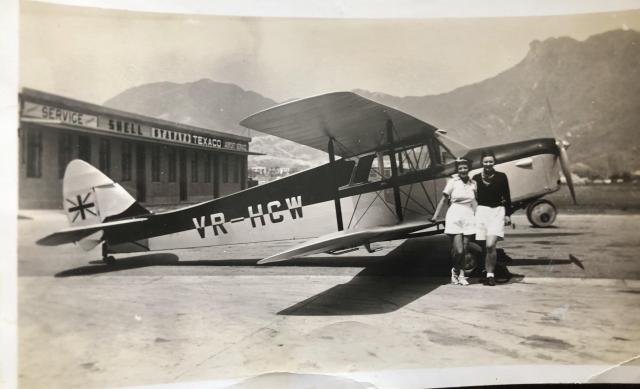
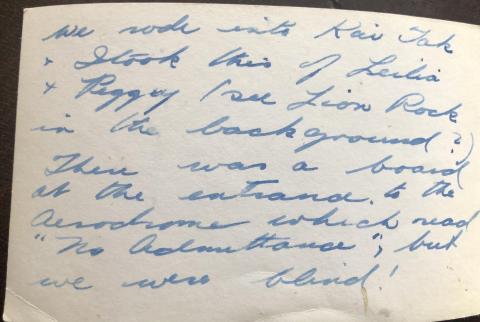

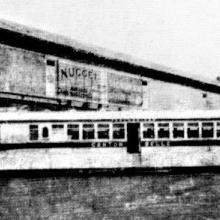
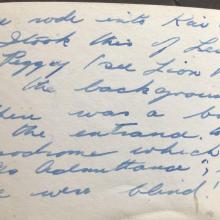
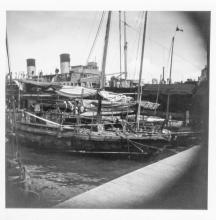
Comments
Nice Photo
Nice crisp photo. The aircraft is a de Havilland Hornet Moth that belonged to the Far East Flying Training School. The Hornet Moth was registered in August 1937. So the photo was taken after this date.
Thank you! That's very
Thank you! That's very helpful. It's a cherished photo. Peggy was just a young woman as she was born in in September 1921.
FEFTS Hornet Moths
Two Far East Flying Training School de Havilland Hornet Moths were used by the Hong Kong Defense Volunteers (one appeared in an image on the “Hong Kong War Diary” website some years ago being serviced in a temporary shelter at the annual Kwangti camp.
Recently found newsprint indicates they were used on occasions for reconnaissance flights looking for Japanese troop movements approaching the border.
The odd-looking flag on the tail in the image is the process of painting Union Jack flags on the rudder. Other pictures show the same aircraft with completed rudder flags.
Airliners of that period serving Hong Kong all carried national flags or symbols painted on their fuselages in attempt to warn-off Japanese aerial and ground-based marauders, who usually ignored them and fired at the aircraft regardless.